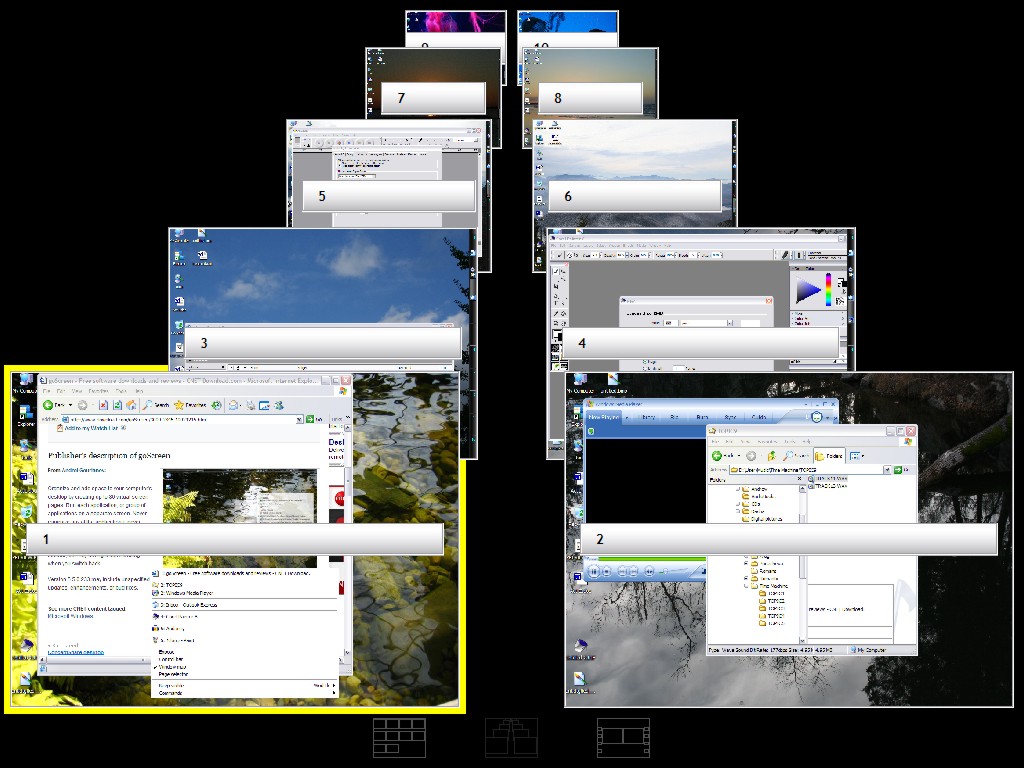

The default display - the one you see when you log into your computer - is display 0. This is the typical set-up for a Linux OS. Displays are numbered 0 to 5 and correspond to function keys F7 through F12. We have access to 6 command-line shells from which 6 desktop sessions and 6 displays can be spawned. Virtual displays let us use one computer with one attached monitor to show multiple desktop sessions running independent desktop instances on that same computer. What if you don’t have a second monitor? Well, you can use a virtual display. If you want to display another desktop from your computer you could attach a second monitor. Your monitor displays one desktop environment. You are reading this guide to using virtual displays on a monitor attached to your computer.

Opening multiple virtual displays with each display using its own desktop manager and its own desktop environment is loads more fun. Having multiple virtual desktops to slide apps between is good. They can all run together on the same computer. Think about that: we can log into a Gnome environment, a KDE environment, a Unity environment and any of the other Linux desktop environments without logging out of a single one. We are talking here about independent desktops running independent apps running from the same computer and all running simultaneously. all running different apps and different desktop environments? All managed from one computer. What could be better than looking at one beautiful Linux desktop? How about looking at 2 desktops or 3 or 4 desktops. Kubuntu 13:10 and Ubuntu 13:10 Desktop Screenshots


 0 kommentar(er)
0 kommentar(er)
